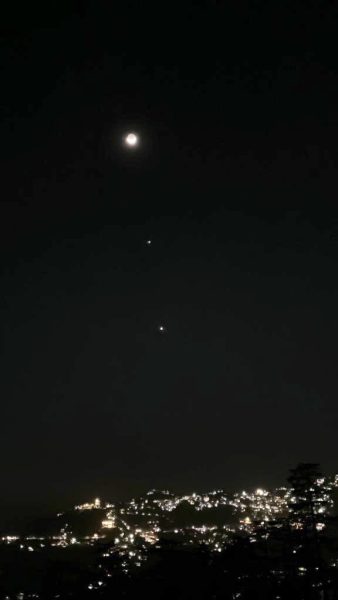
Jupiter and Venus to appear together from March 1 in a rare conjunction

Since a week, Jupiter and Venus, the two brightest planets in the sky, are enthusing star gazers by appearing in a straight line in the night sky. To make matters more interesting, they are set to be seen within touching distance from March 1.
Jupiter, the biggest planet in the solar system, and Venus, the one closest to the earth, are set to form a rare conjunction in the skies across the world on March 1.
Trifecta
On the evening of February 21 and 22, the two formed a trifecta with the Moon in the skies – the three aligned on a seemingly straight line – that could be seen with the naked eye.
Also read: Fest for astro buffs: Four eclipses this year; two to be visible in India
From March 1. the two would planets appear close to each other as if occupying the same space in the night sky. This is because of their alignment, though in reality they are separated by millions of kilometres in space.
At the closest, the two planets will be separated by just 0.5 degrees in the skies due to their position in their orbits around the Sun as seen from Earth.
Visible to naked eye
The conjunction in which they will appear to be overlapping each other, could be seen with the naked eye.
At the start of February, the two planets were separated by 29 degrees, which came down to 2.3 degrees by the end of the month.
Bright and brighter
On March 1, Jupiter is expected to be bright with a magnitude of -2.1, twice as bright as Sirius, the brightest star in the sky. However, it is Venus, which will be brighter at magnitude -4.0.
Also read: Breaking the myths about solar eclipse
Venus is the third-brightest natural body in the sky, after the sun and moon. At times it can even be spotted in daylight. There are two reasons for this – one, it is the closest planet to Earth and two, it is covered with clouds that are good at reflecting sunlight.


